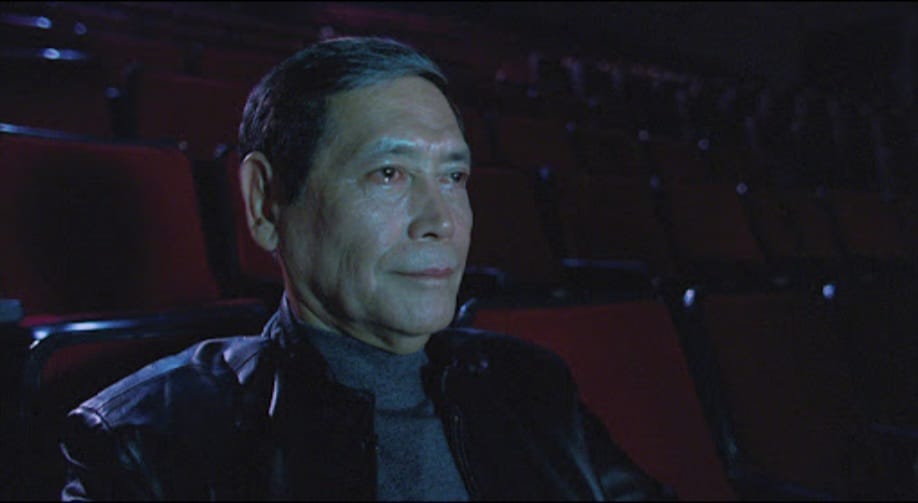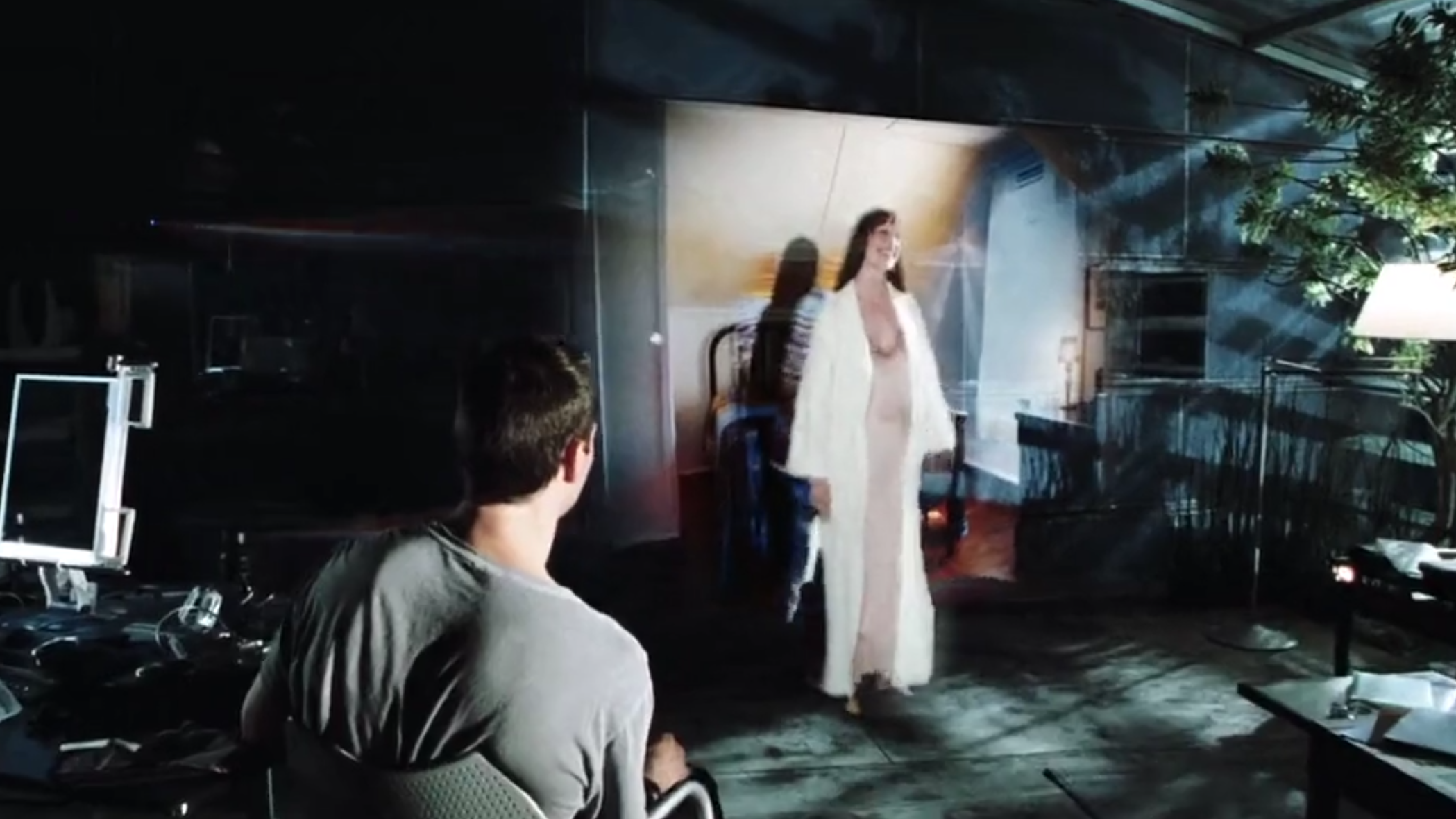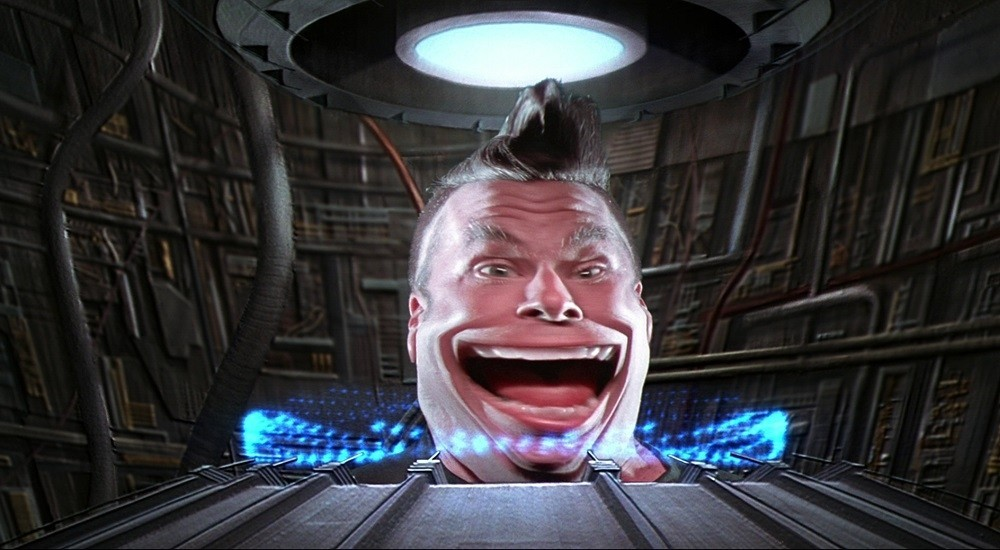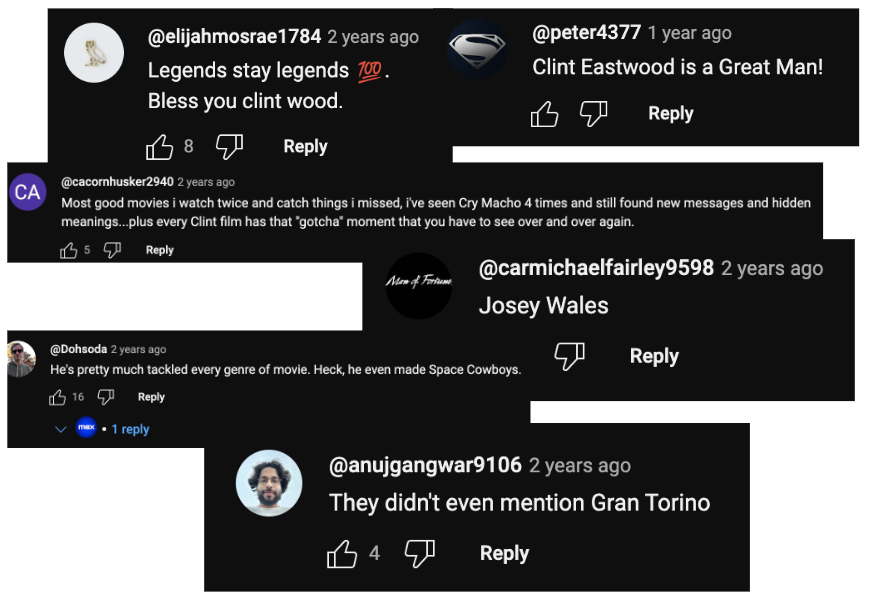
“Last night I was in the Kingdom of Shadows. If you only knew how strange it is to be there.”
“It is not life but its shadow. It is not motion but its soundless spectre.”
So wrote Maxim Gorky in his eyewitness account of the Lumière brothers’ cinématographe screening (1895-96), the first commercial film screenings open to the paying public. This early example of projected film, devoid of sound and colour, did not resonate with life for Gorky. Rather than witnessing the living form immortalised, he saw only its death in its technologic iteration. The very idea of seeing ghosts has, in the age of motion picture, been described in terms of televisual projection. Archaeologist and parapsychologist T.C. Lethbridge, whose paranormal projection theory attributed hauntings to traumatic events imprinted onto stone and other matter, described an experience of ghostly hauntings in 1922 in a manner uncannily similar to Gorky’s retrospective:
The whole production…was exactly comparable to a television scene. There was the same curious lack of atmosphere and the same general gray [sic] drabness … The figures were pictures projected by somebody other than myself and I was nothing more than the receiving set.
The method of cinema invokes the ghost of reality rather than reanimating it, the technology itself the vessel through which the ghost is projected to the seeing eye. The camera can be Charon, but what if cinema requires its own ferryman? There is a term for such a form of transportation, echoing throughout history and through many different cultures. A psychopomp (derived from the Greek word meaning ‘guide for the souls’) is a mythological being charged with ushering the dead on their onward journey. Its role is not to judge, to weigh a soul against a feather, only to steer spirits on their onward journey to the afterlife. Cinema is an art form still in its infancy in the grand scale of human existence, and yet because of its widespread commercialisation, cinema appears constantly on the brink of death. Every new innovation represents a threat to what contemporary audiences come to know as cinema, and the act of cinema-going. The introduction of sound, the rise of Big Telly, blockbusters, the spike in streaming both before and through the pandemic and the collapse of release windows. All have seen hand-wringing over what will become of the Tenth Muse. Like Carlotta’s Crawford-esque tough old bird dismissing showbiz uncertainty in Follies (1971), cinema is just about Still Here, a collection of neuroses that amount to diminished habituation by audiences. Cinema in its commercial form becomes the ever-dying spirit, being transported from one life to the next by consumption trends and changing taste.
Cinema Year Zero is volunteer run. Our goal is to pay writers a fair fee for their work. So if you like what you find at Cinema Year Zero, please consider subscribing to our Patreon!
Dr Patrick Glen’s academic observations of the ‘freak scene’ in 1960s Britain, at a time when cinemas were rapidly closing and home media was on the rise, provide a fascinating insight into how one of cinema’s many deaths was transformed into its own cinematic trend. In the shadow of transitory demise, the ‘freaks’, a loose group composed mainly of students and older teenagers, were showing up in cinemas on the brink of closing, but also “in improvised settings such as basements or university halls in towns and cities across Britain.” Heading to late night screenings, wide-eyed as they watched Italian horror and arthouse on acid, these counterculture heads weren’t birthing new cinema habits so much as undertaking the dying of the old way.
This seance of cinematic experience finds itself a home in Tsai Ming-Liang’s Goodbye Dragon Inn (2003), where a grand old cinema facing imminent closure plays its final film, the eponymous wuxia epic Dragon Inn (1967) directed by King Hu. There is clever serendipity in the mise-en-scene with promotional posters for The Eye (2002) dotted through the atrium and hallways, the film about a corneal transplant allowing a woman to see ghosts. Tsai’s camera is the ghost’s eye, the film itself a means for the viewer to transfer the departed onwards beyond death. The first spoken lines of the film from the projectionist (Lee Kang-sheng), 45 minutes into the runtime, declare the cinema to be haunted, though it is clear at this point that it’s the cinema’s final congregation who are doing the haunting, and Tsai’s structural approach to slow cinema lends itself beautifully to this. The Japanese tourist played by Mitamura Kiyonobu operates as a restless spirit, wandering through the building, attempting connections and fulfilling his desires but never quite doing so. The clunking footsteps of the ticket woman (Chen Shiang-chyi) echo through the empty stairwell long before we see her ascending the stairwell to the projection room, hidden in the upper catacombs of the old theatre, to give the projectionist a steam bun. Like a vagabond spirit she keeps returning to the room, always empty, staring at the offering she has left for him which remains untouched. The recent imprints of human activity remain in the overstuffed ashtray which she fixates on as the audio of the wuxia film rumbles on, a final cigarette still burning on the table top, billowing its ectoplasmic fumes.
Yet all are inevitably fulfilling their role of seeing this dying cinema through to its end. The most important visitation is from Chun Shih, tearfully watching his past self onscreen in the final minutes of Dragon Inn before warmly reuniting with fellow castmate Miao Tien outside. Shih, a regular lead in Hu’s films on account of his timelessly heroic stature, had made his screen debut as swordsman Xiao Shao-zi in the 1967 film. Miao, a veteran whose career received new life through his work with Tsai Ming-Liang, had played the antagonistic eunuch Pi Shao-tang. Onscreen their younger selves battled in the final showdown. Now, their old forms quietly grieve their lack of remembrance, the loss of cinemagoing. The audience’s role is not just in their shared experience, but in their utilisation of its architecture: the toilets, the seats, the ticket booth, the hallways, the dilapidated upper levels. The projectionist even takes a moment at closing time to have a go at the fortune-telling machine in the foyer. And though the film is humorously punctuated with the usual bêtes noires of cinema-going — noisy eaters, bare feet on seats, the rummaging through bags, someone sitting unbearably close in an otherwise empty theatre — won’t it be so much worse when it’s all gone? The frustratingly human experience of shared interaction diminished by the loss of the cinema. Where else could we go ghosthunting together?
In the Online Era, the Internet itself has become a vessel for the echoes of the cinematic dead. Film fanatics make use of the digital archives to bring long-forgotten texts to modern audiences. Online auctions for the belongings of stars and icons throw up peculiar trinkets and possessions. Elvis’s personal 16mm copy of Deep Throat (1972) was up for auction at Rockhurst back in 2021. And those from past cinematic eras who are yet living can become unexpected messengers from beyond. The blonde bombshell and cult figure Mamie Van Doren is having an unexpected new lease of life via Twitter, where she regularly posts stories from the Golden Age, including wild, previously unheard “truths” about the real cause of Jean Harlow’s death (herself a ghost of cinema’s past). Though it is constantly dying little deaths, there are always messengers guiding phases of film into the afterlife.
Our seventeenth issue, PSYCHOPOMP, puts its ear to the ground for murmurs of the cinematic dead, and their guides. Our contributors, having analysed the mortality of this immortalising medium, have produced pieces which find ghostly hands outstretched to steer souls through the cinematic veil.
Cinema Year Zero is volunteer run. Our goal is to pay writers a fair fee for their work. So if you like what you find at Cinema Year Zero, please consider subscribing to our Patreon!





